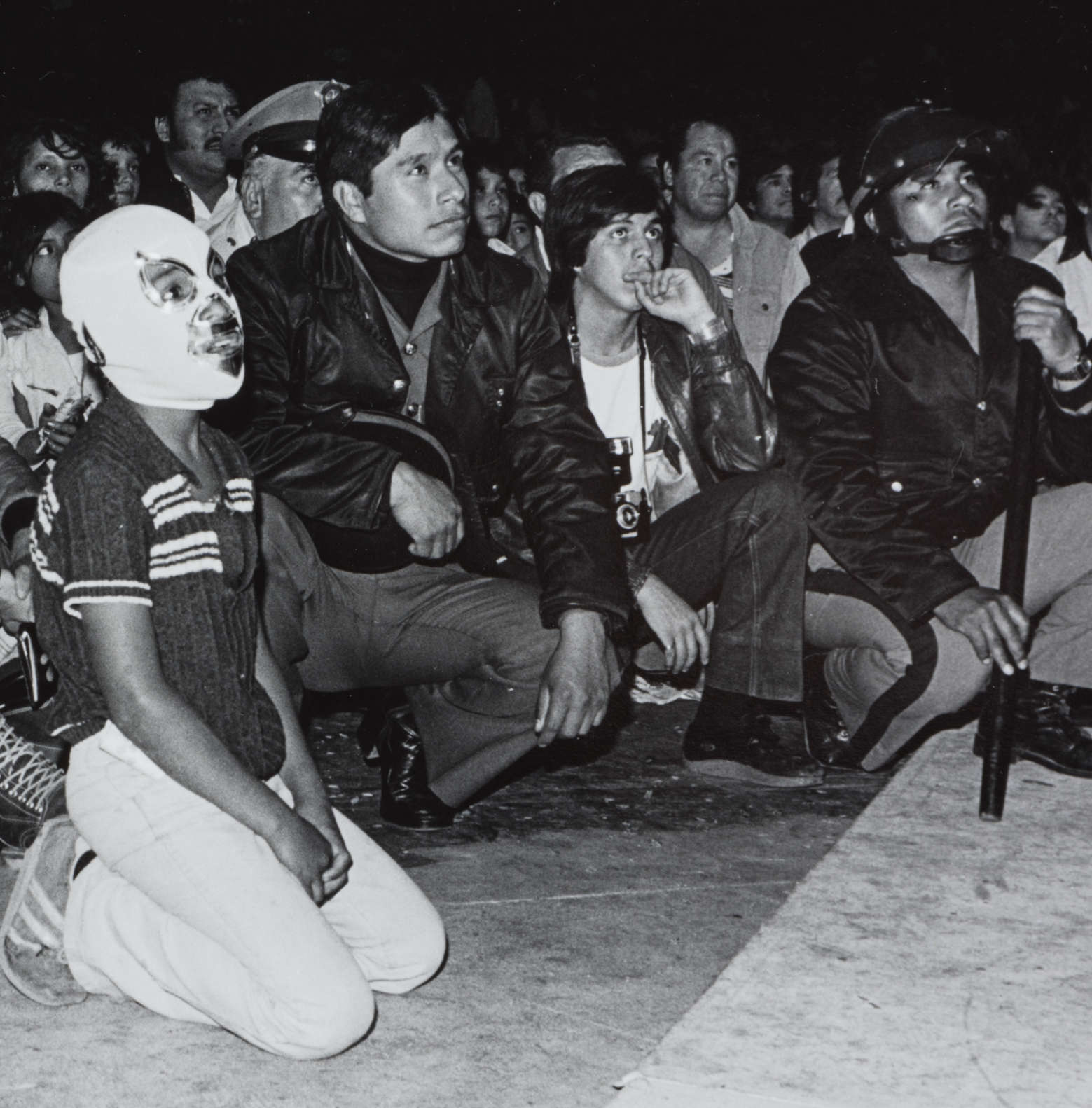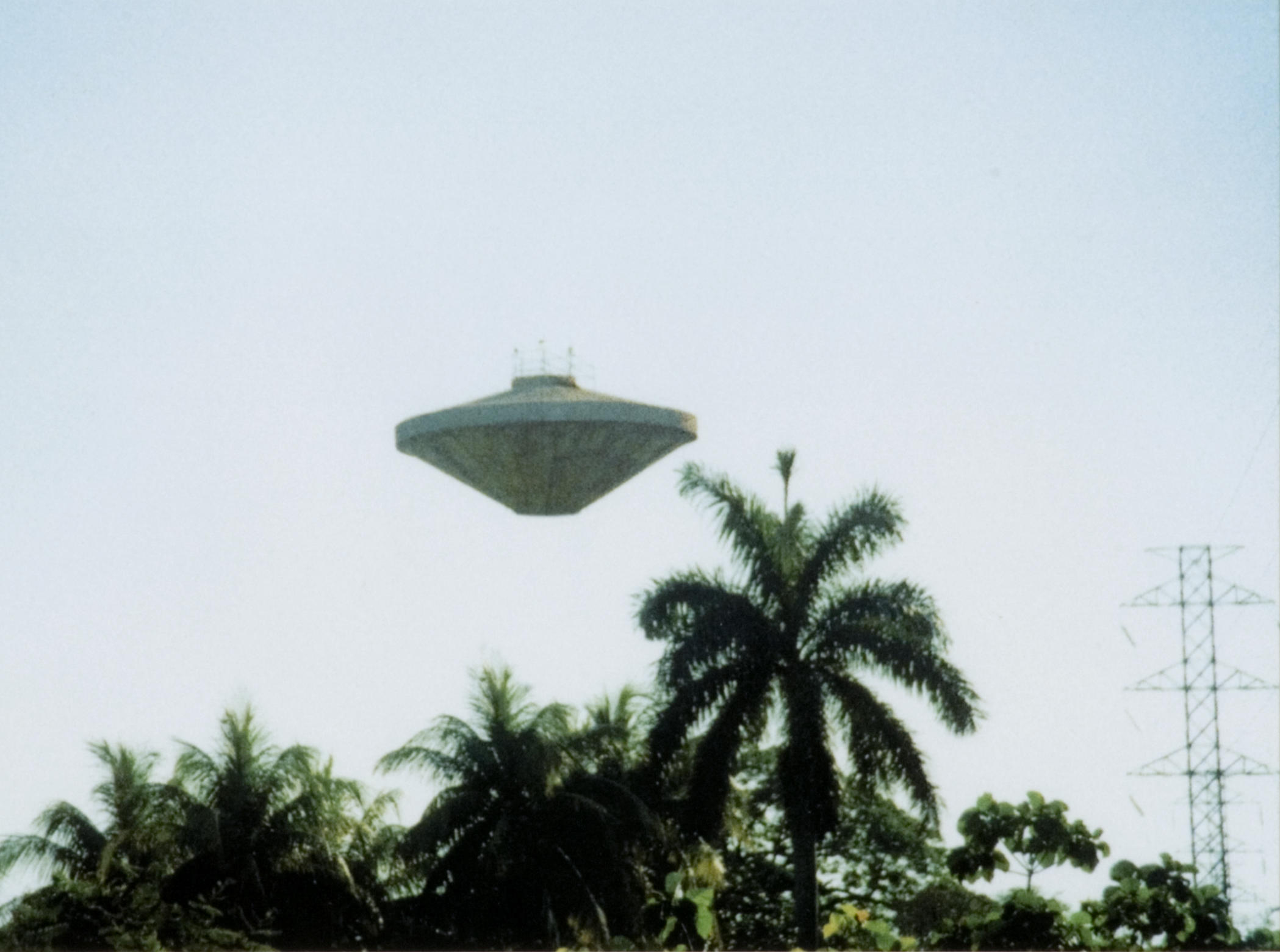Genealogías y disidencias
galleries 4, 5 & 6
MUAC Collection
For the past decade and a half, MUAC has built a collection of art produced since 1952 without intending that the artworks, documents and histories it contains would ever constitute a unified, geographic, linear or identitarian narrative. As is intrinsic to contemporary art collections, this sampling of the living, controversial culture of our times implies groupings and lineages as well as solitary, dissident adventures. It would betray this heterogeneity to present our collection as a simplified whole. Nevertheless, the growth and maturation of our archives suggests that it is no longer convenient to conceal their complexity behind general thematic presentations.
Genealogies and Dissidences represents a new phase in which the museum’s collections occupy a dedicated section of the building through the simultaneous exhibition of a variety of cores, which will be periodically renewed. These cores can be historical explorations, the presentation of a large-scale installation or essayistic groupings. We hope that this multiple, discontinuous presentation does justice to the way in which we increasingly appreciate art and culture, precisely because it allows us a multitude of bursts of matter and meaning.

Onlookers
Gallery 5
16.03.2024 - 25.08.2024
The difference between the act of looking and that of being looked at tends to be understood as an opposition between the passivity of whoever is doing the looking and the agency of whoever is engaging in an action. This misleading dichotomy obfuscates logics of power that in turn produce hierarchies of gazes and bodies that gaze. This exhibition tracks down the onlookers who populate the MUAC’s collection—spectators of Mexican wrestling matches and concerts, as well as bystanders to repression, flaneurs on the city streets, and visitors to the white cube—to put them front and center. This selection amounts to a typology of the gazes that cross-cut public settings while at the same time highlighting the gesture of the photographers who turned the camera around to capture the observers around them. This selection also tells a story about events that occupy the local collective imaginary from the standpoint of the “B-side” of the gazes depicted, which rarely come out of storage.

Glitch Tactics:
Opportunity in Error
Gallery 4
13.04.2024 – 29.09.2024
In the digital realm, a glitch is a tiny defect that arises in a system’s development without stopping it from working. In fact, in video games, even though glitches are unexpected, players can sometimes turn them to their own advantage. With such maneuvers in mind, this exhibition explores artistic practices in the MUAC collection that use the opportunities in errors to intervene in the fabric of history. In these artworks, glitches work through addition or elimination to tie together temporally and spatially discontinuous events and contexts. The artists presented in this section ground their work in slippage, using glitch tactics to draw us gently and cunningly into interstitial zones that challenge the stories that reside in us.

Design and Industry
Gallery 6
11.05.2024 – 14.11.2024
The era of stabilizing development in Mexico (1954–1970) saw a period of economic growth based on fiscal policies that fostered industrial and demographic expansion. During this time, design had a preeminent place in national manufacturing. A set of state policies—including industrialization through import substitution—intensified the creation of businesses, which licensed foreign patents for manufacture in Mexico and promoted the design of new objects. The latter served to fuel the aspirations of Mexico's new middle class and the need to furnish the offices of the expanding institutional bureaucracy. The professionalization of design as a discipline took root during these years when it was flirting with industry and its development.
The histories of nine Mexican firms—as well as the objects they produced, archival images and advertisements from the era—illustrate the vitality of Mexican industrial design, which contributed to the construction of a modern state and its dreams of progress during this period.


